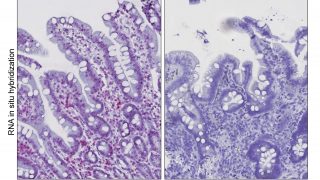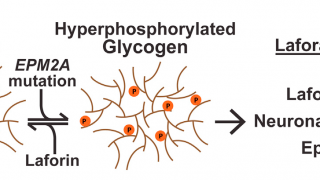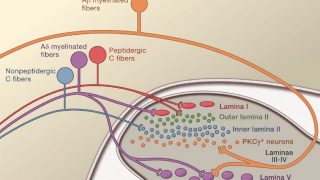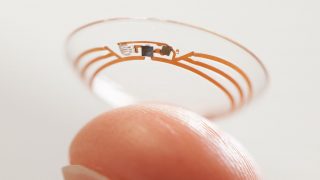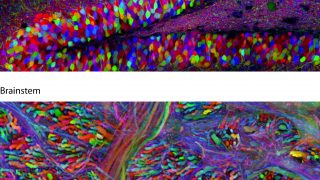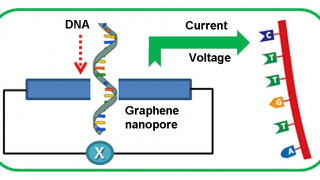
Graphene nanopore DNA sequencing
Biochemistry • Chemistry • Condensed matter • Molecular biology
Nanopore DNA sequencing was one the ten scientific breakthroughs of 2016 highlighted by Science magazine. In principle, graphene is the perfect pore material for DNA sequencing . Its monoatomic thickness of 0.35 nm is similar to the DNA base spacing and graphene nanopores can be fabricated with a diameter of only 1.0 nm, about the […]
